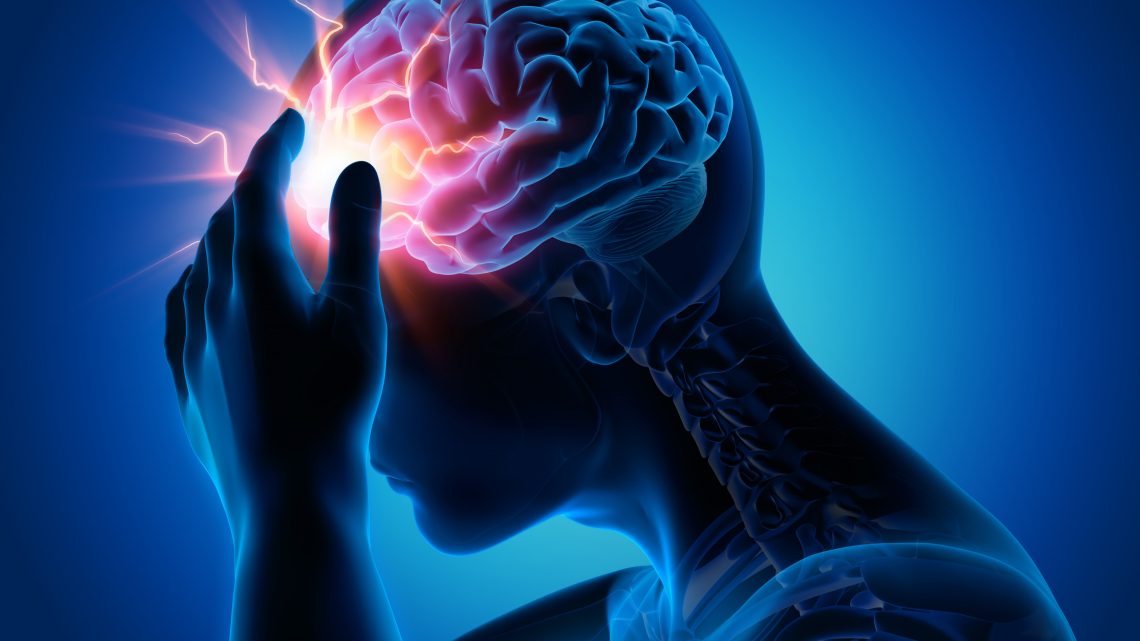When it comes to the bustling world of children, there’s no shortage of adventure, exploration, and, of course, the occasional mishap. While scraped knees and bumped heads are par for the course, a more serious concern warrants our attention: childhood traumatic brain injuries (TBIs). Let’s embark on a journey to understand how to detect, assess risks, evaluate impacts, and grasp the main causes of these injuries, all while keeping our young ones safe and sound.
Detecting a Brain Injury in Children
Kids have a remarkable ability to bounce back from minor accidents, leaving us second-guessing whether something more serious is at play. Watch for subtle signs such as persistent headaches, dizziness, nausea, or complaints about bright lights and loud noises. Changes in sleep patterns, irritability, and difficulty concentrating can also signal a potential brain injury. If there’s any loss of consciousness, no matter how fleeting, it’s a red flag that demands attention.
Understanding Short and Long-Term Risks
The aftermath of a childhood TBI can range from mild inconveniences to enduring challenges. In the immediate aftermath, symptoms like headaches, confusion, and fatigue may surface. However, the long-term risks are what truly merit concern. Cognitive impairments, memory problems, and learning difficulties can affect academic progress and social interactions. There’s also the unsettling potential for epilepsy to make an appearance, casting a shadow on a child’s future.
Impact on Development and Mental Health
Childhood is an era of rapid development, where the brain constructs its intricate architecture. A TBI can disrupt this process, leading to delays in speech and language development, motor skills, and emotional regulation. The effects ripple through various aspects of life, including forming relationships and navigating social nuances. It’s not just the physical impact—mental health can also take a hit, manifesting as anxiety, depression, and behavioral changes that may persist into adolescence and adulthood.
Exploring the Main Causes of Childhood Traumatic Brain Injury
The landscape of childhood is ripe with adventure, exploration, and sometimes, unintended risks. The top causes include:
Falls: From tree branches to playground equipment, gravity’s pull can lead to head injuries.
Automobile Accidents: Even with restraints, car accidents can result in head trauma, reminding us of the importance of car seat safety.
Sports and Play: Enthusiastic sports or rough-and-tumble play can lead to unexpected collisions or falls, potentially causing brain injuries.
Cycling Incidents: Bicycling without protective headgear significantly heightens the risk of a TBI during an accident.
Abuse: Tragically, physical abuse can cause severe head injuries in children, underlining the gravity of protective environments.
Additionally, about 72% of traumatic brain injury-related emergency department visits among children are attributable to consumer products, found the study published in the journal Brain Injury. The study found that the top 10 leading products contributing to non-fatal traumatic brain injuries in children younger than a year to 19 years old are:
- floors
- beds
- football
- stairs
- bicycles
- basketball
- ceilings and walls
- chairs
- soccer
- tables
If you believe your child has been injured due to a faulty consumer product, you are likely within your rights to pursue legal action according to the Virginia Beach personal injury attorneys of Shaprio, Washburn, and Sharp.
Safeguarding Our Precious Explorers: Prevention Tips
As caretakers, we hold the power to minimize the risk of childhood TBIs through proactive measures:
- Equipping with Helmets: Ensure children wear helmets during bike rides, skating, or any activity where head protection is warranted.
- Supervised Play: Keep a watchful eye during play, especially in potentially hazardous areas.
- Educational Empowerment: Educate children about safety measures and the importance of avoiding risky situations.
- Buckle Up: Adhere to car seat and seatbelt guidelines religiously to enhance travel safety.
- Home Safety: Childproof living spaces by cushioning sharp corners, installing gates, and securing furniture.
Childhood traumatic brain injuries demand our attention, understanding, and proactive efforts. By recognizing the signs, comprehending risks, and embracing prevention strategies, we empower ourselves to provide the safest and most nurturing environment for our young adventurers. Let’s join hands to ensure their journey through childhood is marked by resilience, growth, and the security of knowing they’re shielded from harm.




No Comment